Van Hook Lab
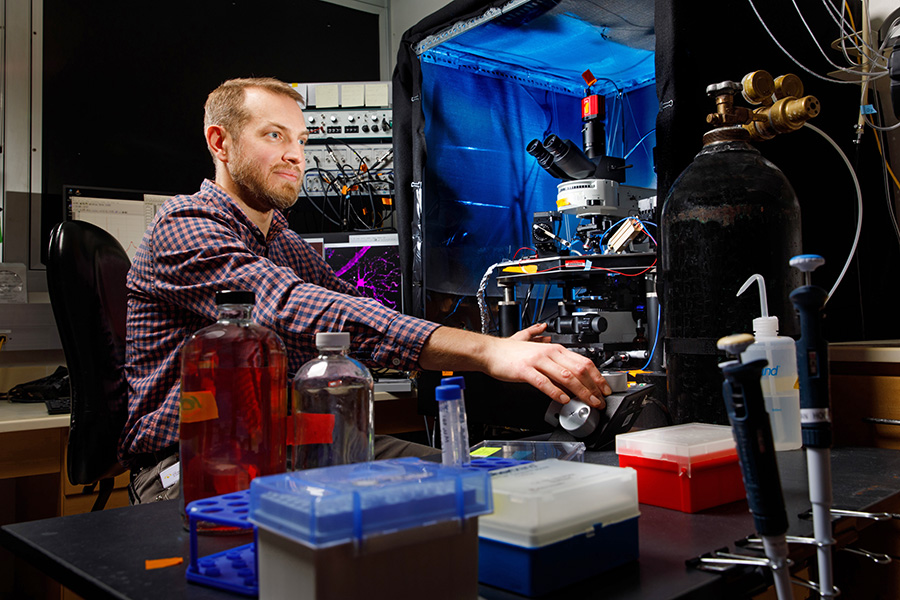
Current Research
The Van Hook group’s current research uses innovative neuroscience laboratory approaches including patch-clamp electrophysiology, two-photon microscopy, single-neuron neuroanatomy, optogenetics, and transgenic mouse models to explore how the structure and function of neurons in the retina and brain change during development and neurodegenerative disease. Specifically, they are interested in neuronal signaling by retinal ganglion cells to the dorsolateral geniculate nucleus (dLGN) of the thalamus, a key waypoint for conscious visual information en route to higher visual centers of the brain.
Ongoing research projects seek to determine:
- how glaucoma and other neurodegenerative diseases affect retinal ganglion cell synapses in the dLGN,
- how dLGN neuron structure and function are changed by degeneration of visual signals from the retina, and
- how eye pressure influences gene expression and immune responses in visual areas of the brain.
This work is intended to provide an understanding of how the retina relays visual information to the brain as well as insight into disease mechanisms to inform novel diagnostic and therapeutic strategies for detecting and treating blinding diseases.
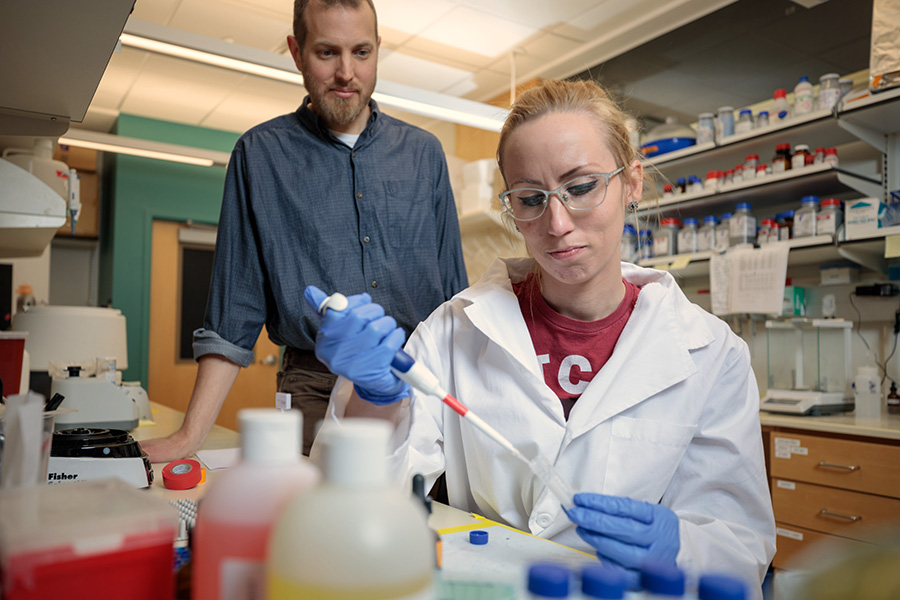
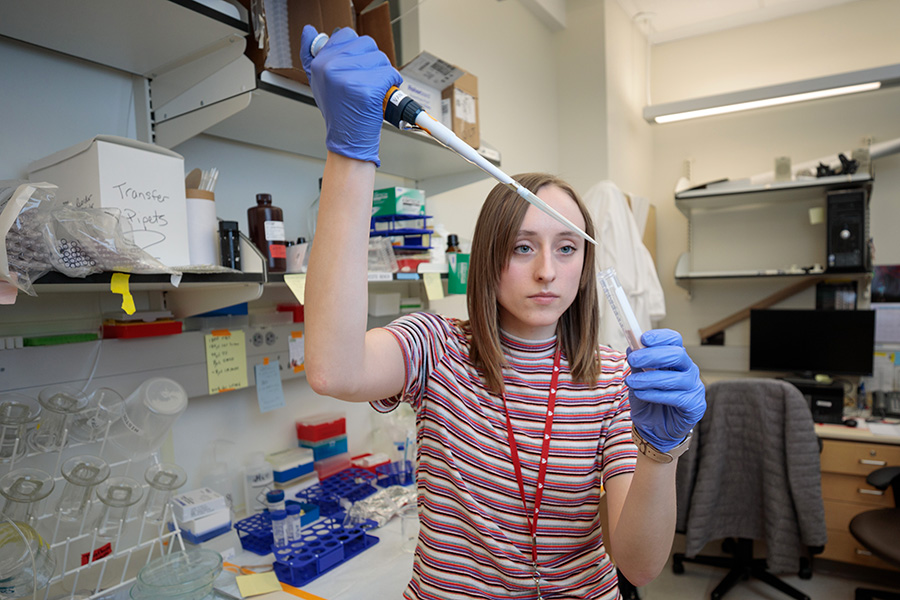
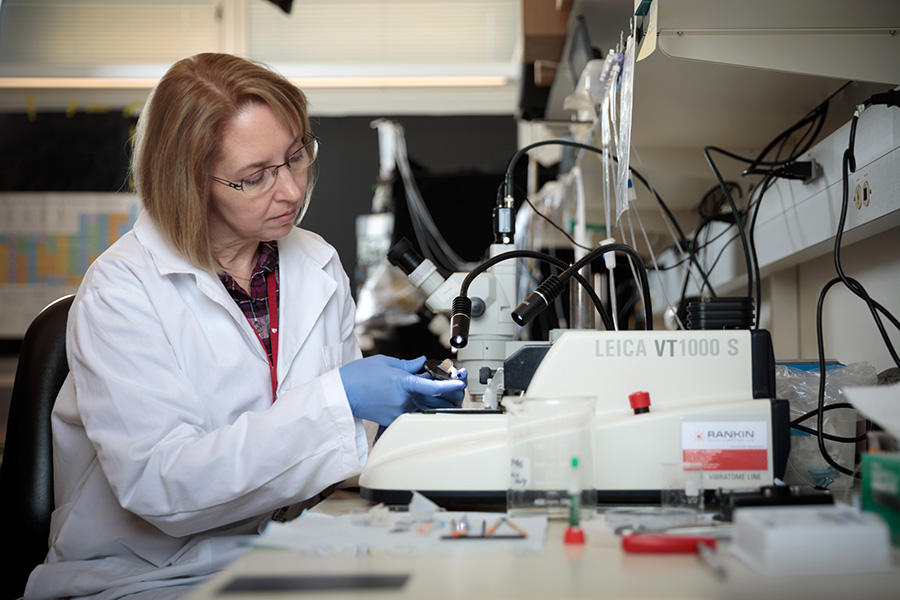
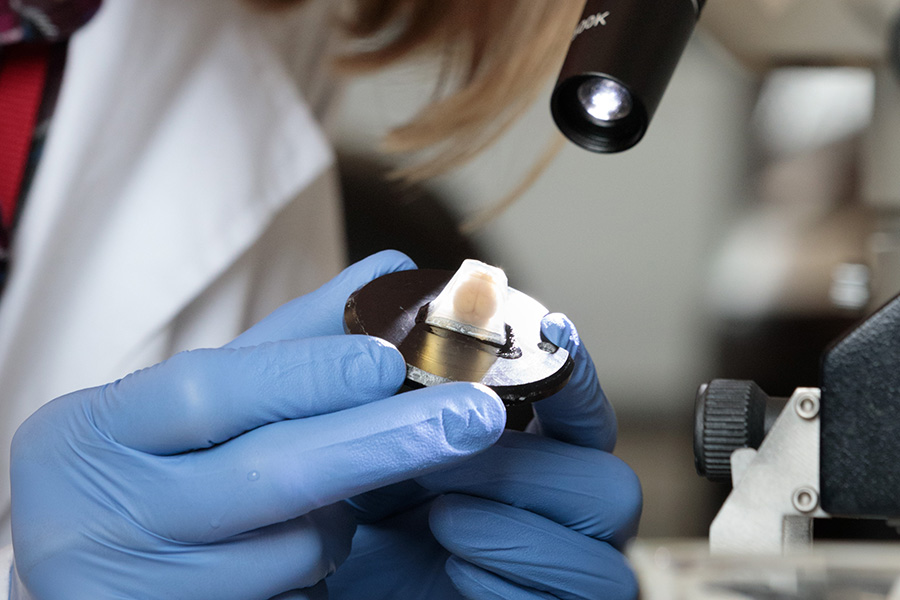

Matthew J. Van Hook, PhD
Associate Professor, UNMC Department of Ophthalmology and Visual Sciences